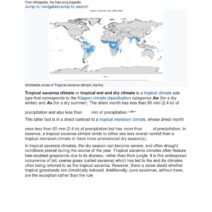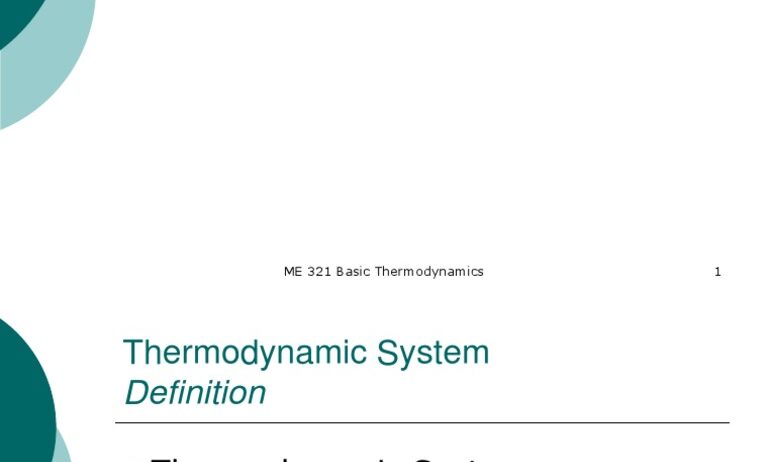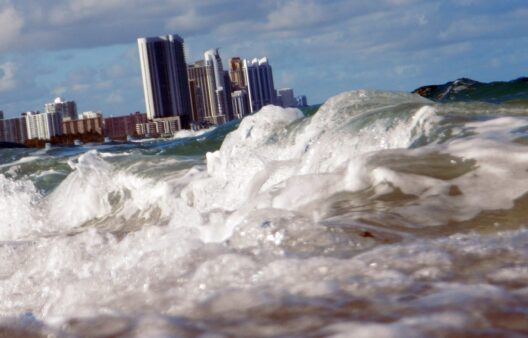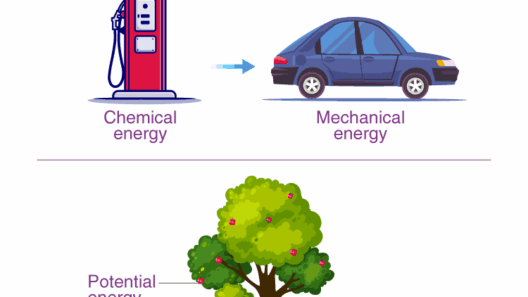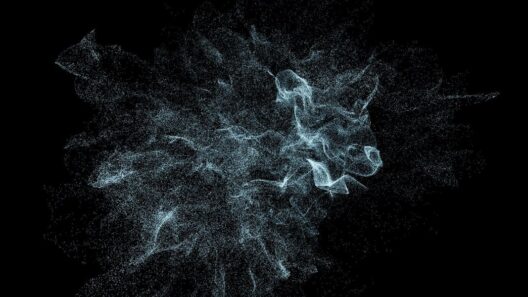The Law of Conservation of Energy is a profound principle that transcends mere scientific curiosity, illuminating the intricate dance of energy throughout the universe. This fundamental law asserts that energy cannot be created or destroyed, only transformed from one form to another. In this exploration, we will delve into the depths of this concept, unlocking its significance and the broader implications it has on various fields such as physics, environmental science, and engineering.
Understanding this law begins with the recognition of energy’s omnipresent nature, manifesting in various forms: kinetic, potential, thermal, chemical, and nuclear, to name a few. From the transformation of potential energy in a raised object to kinetic energy as it descends, to the biochemical energy within the food we consume, the Law of Conservation of Energy continues to govern these transitions. This pervasive rule is not merely an abstract theoretical construct; it is a critical bedrock upon which much of modern science stands.
One compelling observation regarding energy conservation is evident in our daily lives. For instance, consider the simple act of boiling water. The energy sourced from a flame or an electric element transforms meticulously into thermal energy, warming the water until it reaches its boiling point. Yet, upon cooling, the energy dissipates back into the environment. This cycle of energy transformation exemplifies the law’s omnipresence and lays the foundation for intriguing inquiries into how energy flows and ebbs in natural and engineered systems.
The fascination with energy conservation extends beyond the mechanical or physical frameworks into the realm of ecological implications. How does this foundational principle shape our understanding of global warming, renewable energy, and sustainability? The intricacies of energy transfer illustrate the delicate balance within ecosystems and the cascading impacts of human activity on this balance.
Energy Transfer in Natural Systems
The interconnectedness of energy flows within natural systems showcases the law’s relevance to ecology. Photovoltaic cells convert sunlight into usable electrical energy, capturing the sun’s radiance and embedding it within our technological frameworks. Furthermore, photosynthesis demonstrates energy conservation in robust detail, as plants convert light energy into chemical energy, which fuels the entire food web. Such natural processes intricately weave the fabric of ecosystems, highlighting the necessity of preserving these systems to maintain energy balance.
Understanding energy transfer in nature also leads us to confront the environmental consequences of energy mismanagement. The exploitation of fossil fuels has unleashed a torrent of stored energy, contributing to climate change. The entropy associated with the combustion of these fuels serves as a stark reminder that while energy can be transformed, the repercussions of its misallocation can be catastrophic. This interconnected web compels us to seek sustainable alternatives—solutions that honor the conservation principle while fostering ecological integrity.
The Scientific Underpinnings of Energy Conservation
At the core of the Law of Conservation of Energy lies a series of fundamental scientific principles that govern our universe. The first law of thermodynamics, sometimes referred to as the Law of Energy Conservation, states that the internal energy of a closed system is constant. This principle invites a plethora of applications, from thermodynamics in physics to the mechanics of engines and refrigerators, each relying on energy transformations to perform work efficiently.
One might ponder how this law harmonizes with the concept of entropy, as articulated by the second law of thermodynamics. While energy remains conserved, its quality can degrade over time. In practical terms, this means that not all energy transformations are equal—some are more efficient than others. This inefficiency, often illustrated through everyday appliances and industrial processes, becomes especially salient in discussions regarding energy policy and environmental stewardship.
Renewable Energy: A Sustainable Approach to Energy Management
The transition toward renewable energy sources is the most illustrative response to the challenges posed by our current energy paradigm. Harnessing wind, solar, and hydroelectric resources reclaims energy in ways that honor the Law of Conservation of Energy without amplifying ecological harm. The capture of solar energy through photovoltaic systems epitomizes a shift toward sustainable practices that not only resonate with this law but also contribute positively to the environment.
Engaging with renewable energy requires a nuanced understanding of how energy is generated and consumed. Wind turbines convert kinetic energy from the wind into mechanical energy, which is then transformed into electrical energy. This meticulous orchestration of energy transfer exemplifies the principle of conservation, as it sustainably taps into nature’s resources by transforming rather than depleting them.
Conclusion: The Path Forward
In summary, the Law of Conservation of Energy serves as a critical lens through which we can examine the natural world, our technological advancements, and the urgent challenges of environmental sustainability. It is not a mere principle of physics but a clarion call to embrace responsible energy management that respects the intricate exchanges within ecosystems. As future generations grapple with the urgency of climate change and resource depletion, understanding this fundamental principle will be essential for fostering a sustainable world.
Thus, the journey into the heart of energy conservation teaches us not only about the mechanics of energy but also about the responsibilities we hold as custodians of our planet. With this understanding, we pave the way for innovative solutions that honor the law and promote a harmonious relationship with the environment.
